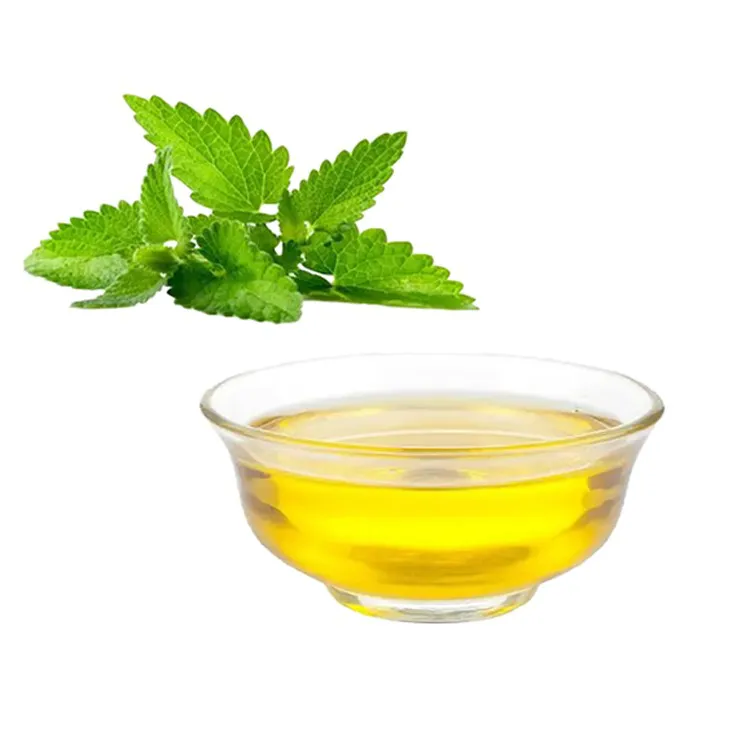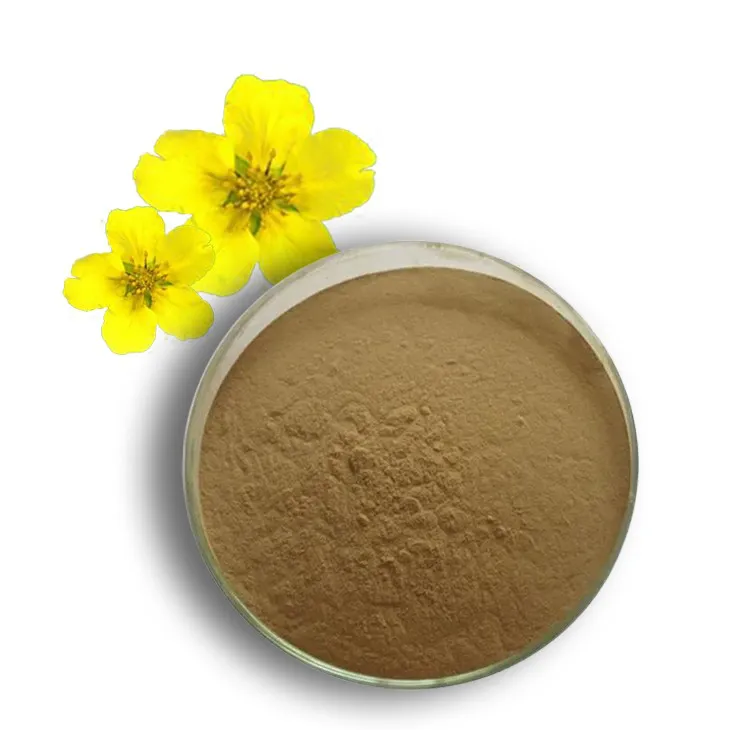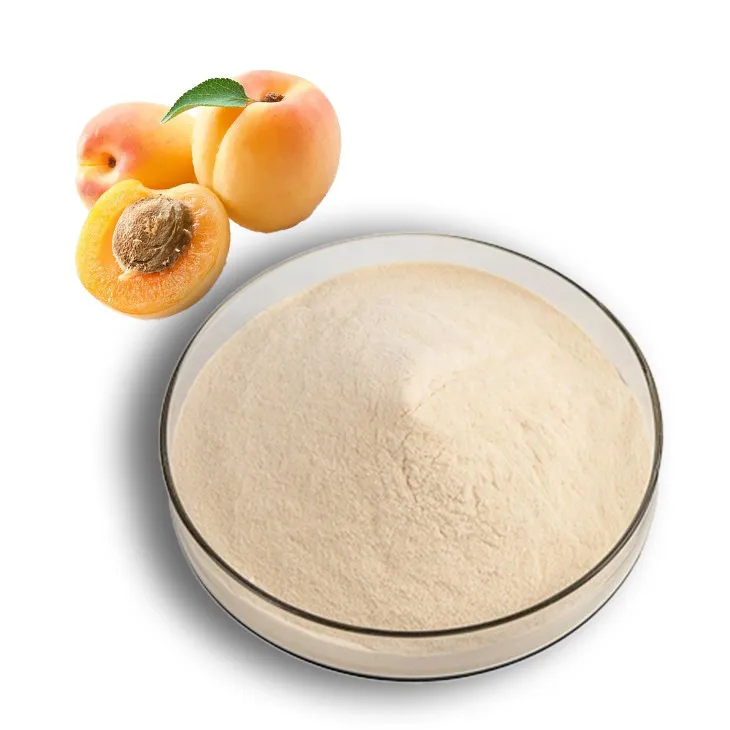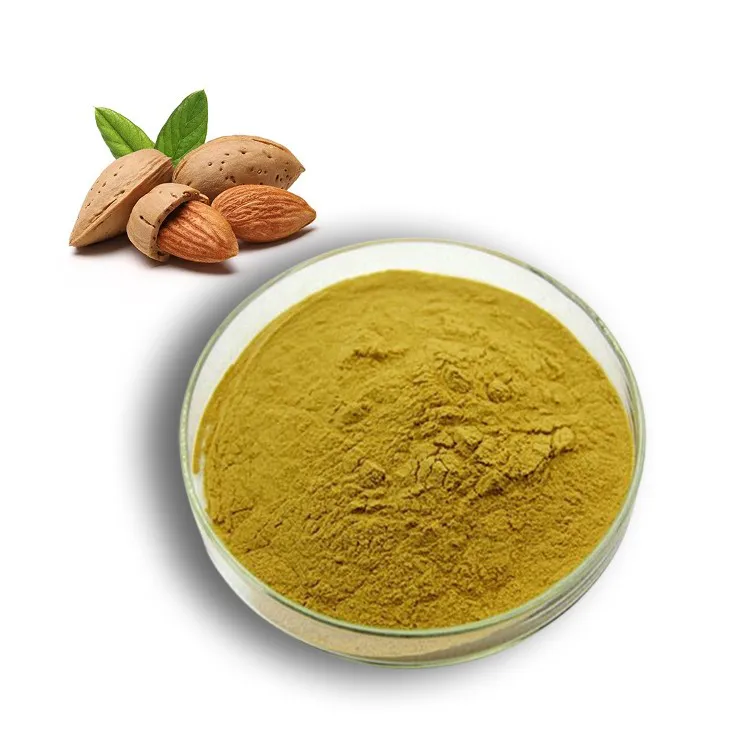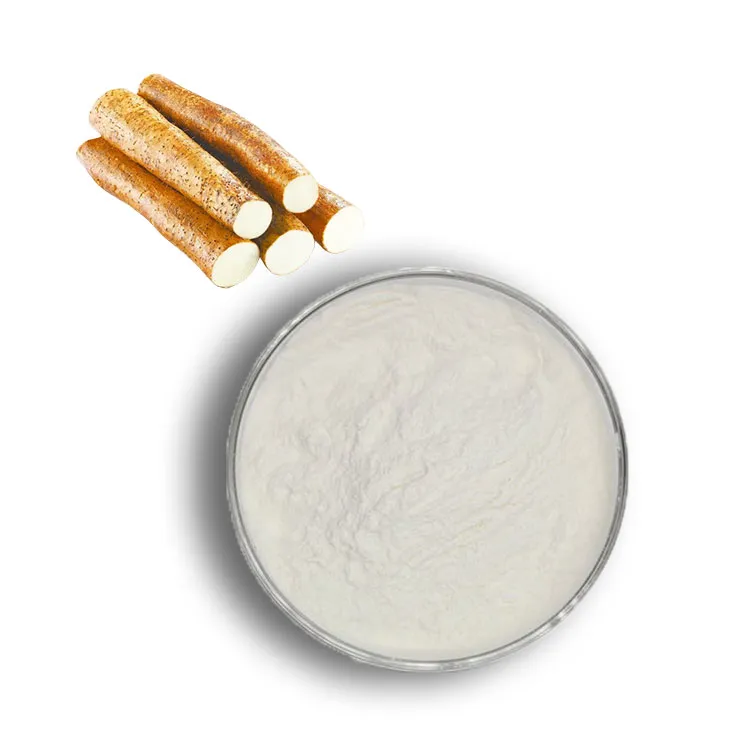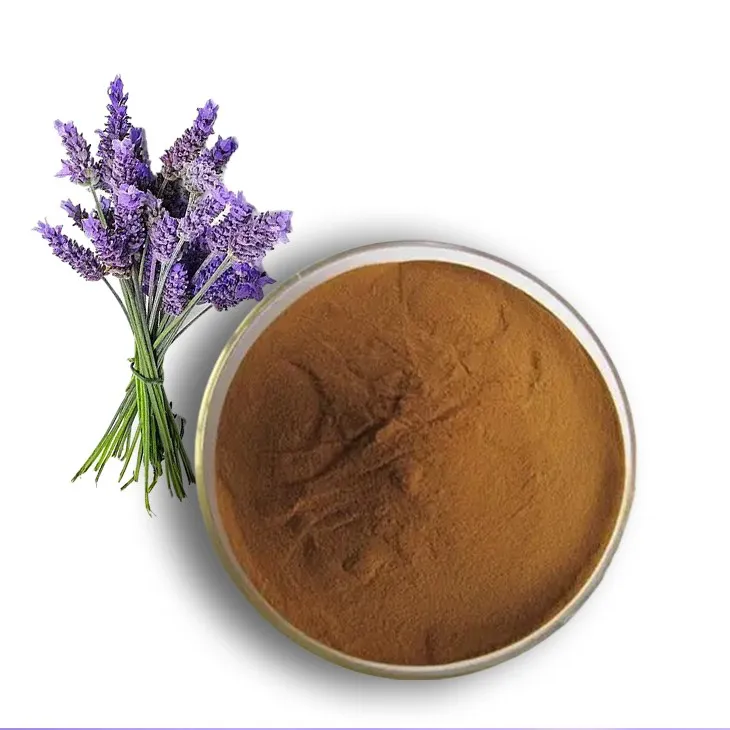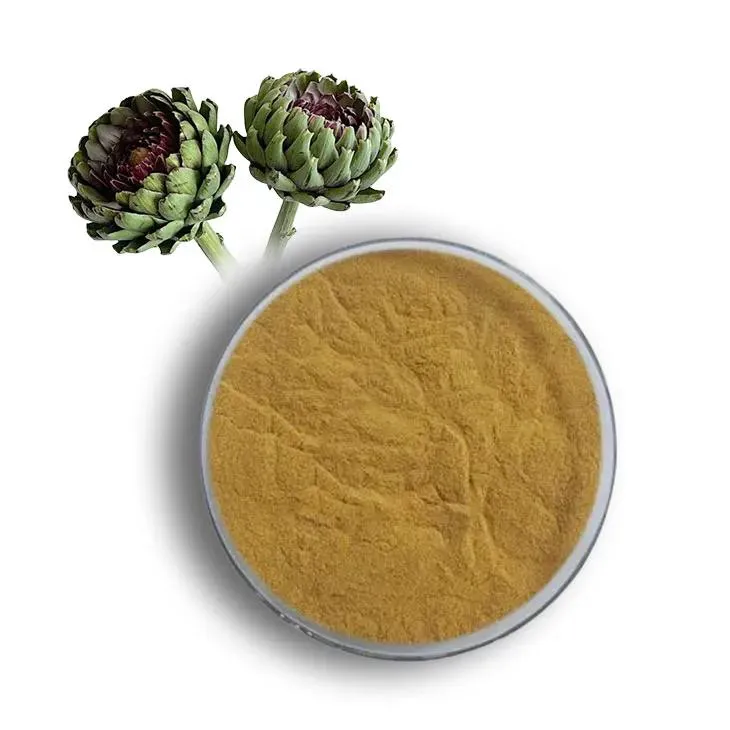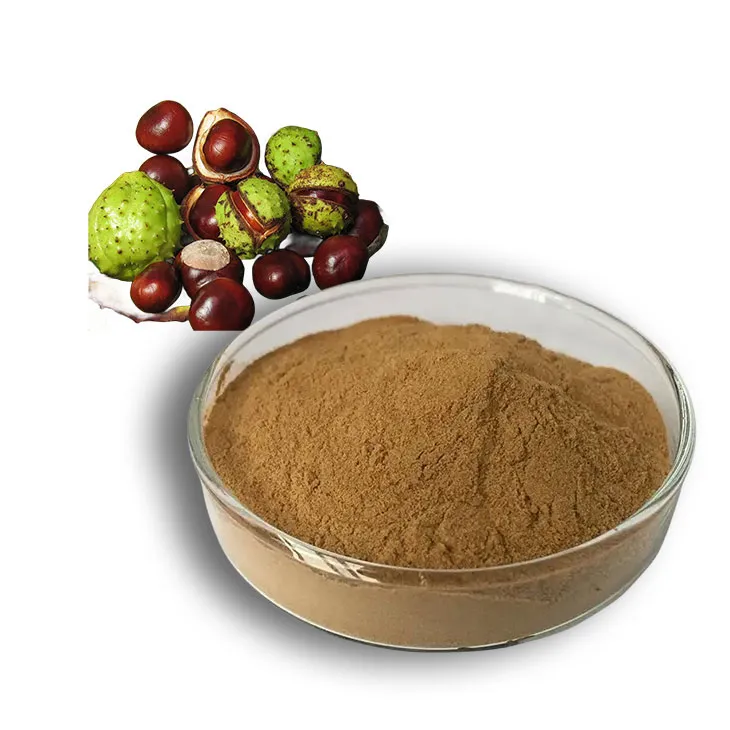- 0086-571-85302990
- sales@greenskybio.com
Hesperidin and Vitamin P: A Detailed Perspective on a Misunderstood Flavonoid
2025-06-20
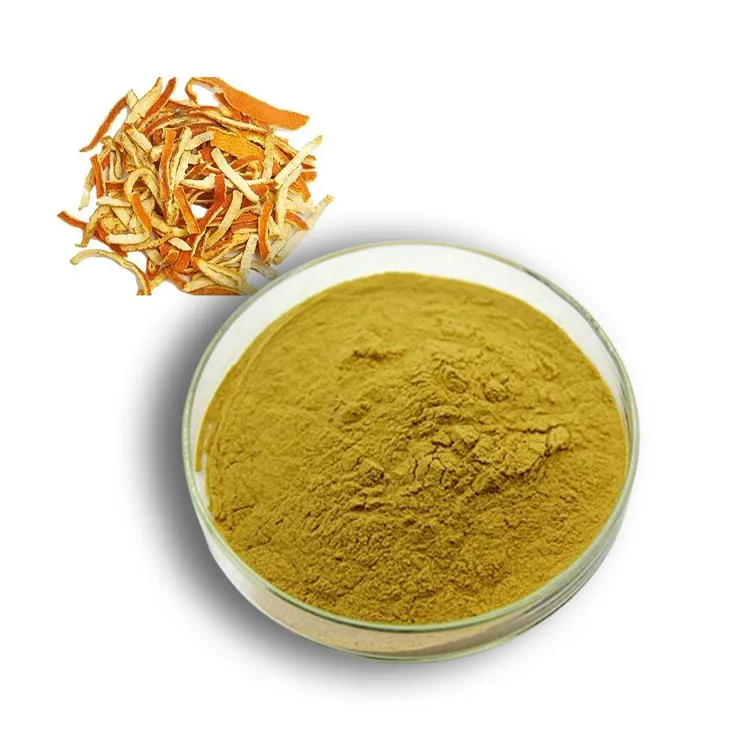
Hesperidin is a naturally occurring flavonoid glycoside predominantly found in citrus fruits like oranges, lemons, and grapefruits. It is well-regarded for its health-promoting properties, particularly concerning circulatory and cardiovascular health. Within the realm of nutritional supplements and health discussions, Hesperidin is sometimes associated with the term "vitamin P." But what exactly is vitamin P, and is Hesperidin truly a part of this category? This article aims to clarify the relationship between hesperidin and vitamin P, exploring their definitions, historical context, and contemporary relevance.
Understanding Hesperidin
Hesperidin belongs to the flavonoid family, which consists of plant-based compounds known for their antioxidant and anti-inflammatory effects. These compounds are vital for plant pigmentation and protection but also offer numerous health benefits when consumed by humans. Hesperidin, specifically, is found in the peel and pulp of citrus fruits. It has attracted scientific interest due to its vasoprotective, lipid-lowering, and anti-inflammatory benefits.
The health benefits of hesperidin are extensive. It is believed to strengthen capillaries, reduce swelling, and improve overall vascular function. Its antioxidant properties help combat oxidative stress, which is linked to various chronic diseases. Moreover, hesperidin has been studied for its potential roles in managing conditions such as hypertension, varicose veins, and hemorrhoids.
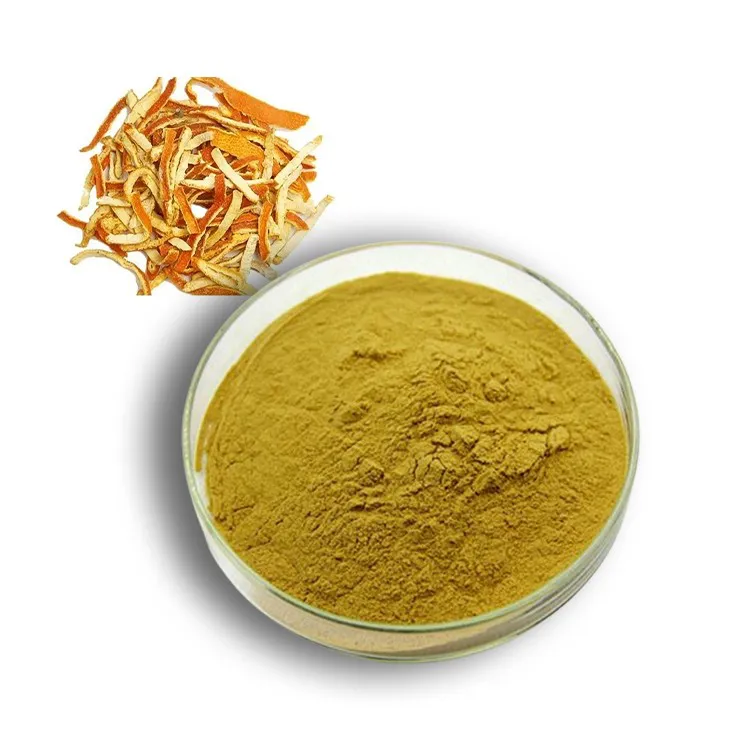
Vitamin P: A Historical Term
The term "vitamin P" was coined in the early 20th century when scientists and nutritionists were exploring compounds that benefit capillary strength and permeability. At that time, the term "vitamins" was broadly used for compounds that exhibited health-related properties without conclusive scientific categorization. "Vitamin P" was primarily linked to flavonoids—such as hesperidin—that were believed to support vascular health by enhancing capillary integrity and reducing permeability.
As nutritional science advanced, it became clear that flavonoids did not fit the traditional definition of vitamins. Vitamins are organic compounds that are necessary for normal growth and nutrition, typically required in small quantities from the diet because they cannot be synthesized by the body. Flavonoids, including hesperidin, do not meet these criteria as they are not essential nutrients; the human body does not require them to function. Therefore, the term "vitamin P" gradually became obsolete in scientific literature, although it persists in some alternative medicine circles and lay discussions.

Hesperidin's Health Benefits and Mechanisms of Action
Hesperidin’s health benefits are primarily derived from its biochemical interactions in the body. It exerts a range of effects due to its complex mechanisms:
1. Antioxidant Activity: Hesperidin helps neutralize free radicals, thereby protecting cells from oxidative damage. This property is crucial for maintaining cellular health and reducing the risk of chronic diseases.
2. Anti-Inflammatory Properties: By inhibiting the production of pro-inflammatory cytokines and enzymes, hesperidin can help reduce inflammation. This makes it beneficial for conditions that are characterized by chronic inflammation.
3. Vascular Protection: Hesperidin improves endothelial function, strengthens capillaries, and increases blood flow, which collectively support cardiovascular health. These effects are largely why hesperidin was once associated with vitamin P.
4. Lipid-Lowering Effects: Some studies suggest that hesperidin can positively influence lipid profiles, assisting in the reduction of LDL cholesterol levels and enhancing heart health.
5. Immune Support: Hesperidin can modulate immune responses, enhancing the activity of white blood cells, which play a critical role in the body's defense mechanisms.
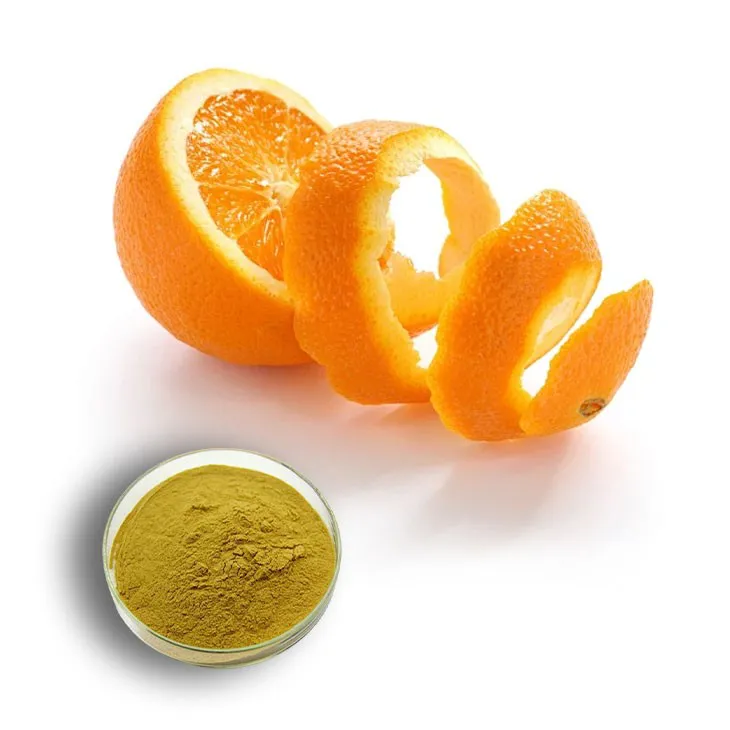
Modern Use and Considerations
In contemporary health practices, hesperidin is used more accurately in dietary supplements aimed at supporting vascular and cardiovascular health rather than being labeled as a vitamin. It is often found in combination with other flavonoids, such as Diosmin, for enhanced therapeutic effects, particularly in formulas designed to treat venous insufficiency, varicose veins, and hemorrhoids.
While hesperidin is generally considered safe, individuals should approach supplementation thoughtfully. It is important to consult healthcare providers before beginning any new supplement regimen, especially for those with pre-existing health conditions or those taking medications, as hesperidin can interact with certain drugs, potentially altering their effectiveness.
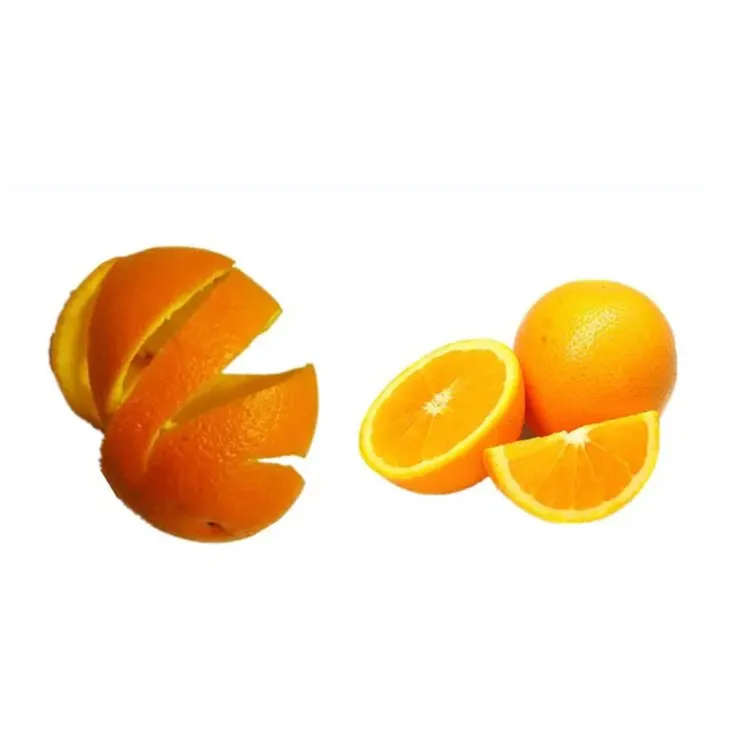
The Obsolescence of "Vitamin P" in Scientific Circles
Today, the term "vitamin P" is largely obsolete in both scientific and nutritional contexts. Scientists recognize flavonoids like hesperidin as beneficial phytochemicals rather than essential vitamins. This clear distinction helps avoid potential confusion in supplementation and nutritional advice.
Research continues to explore and expand on the health benefits of hesperidin and other flavonoids, with particular attention given to their potential in chronic disease prevention and management. As such, the inclusion of hesperidin-rich foods, like citrus fruits, in a balanced diet can contribute to improved health outcomes, but it should be seen as part of a holistic approach to nutrition, rather than fulfilling a need for an essential nutrient.
Conclusion
While hesperidin was once grouped under the outdated and informal term "vitamin P," it is more accurately recognized today as a flavonoid with significant health benefits. Its contributions to vascular health, antioxidant defense, and inflammation reduction underscore its value as a dietary supplement. However, it does not meet the criteria of an essential vitamin for the human body. As research continues, hesperidin remains an area of interest for its potential therapeutic applications, illustrating the evolving understanding of plant-based compounds in nutrition and health.
- ▶ Hesperidin
- ▶ citrus bioflavonoids
- ▶ plant extract
- ▶ lycopene
- ▶ Diosmin
- ▶ Grape seed extract
- ▶ Sea buckthorn Juice Powder
- ▶ Beetroot powder
- ▶ Hops Extract
- ▶ Artichoke Extract
- ▶ Reishi mushroom extract
- ▶ Astaxanthin
- ▶ Green Tea Extract
- ▶ Curcumin Extract
- ▶ Horse Chestnut Extract
- ▶ Other Problems
- ▶ Boswellia Serrata Extract
- ▶ Resveratrol Extract
- ▶ Marigold Extract
- ▶ Grape Leaf Extract
- ▶ blog3
- ▶ Aminolevulinic acid
- ▶ Cranberry Extract
- ▶ Red Yeast Rice
- ▶ Red Wine Extract
-
Peppermint Oil
2025-06-20
-
Tormentil Extract
2025-06-20
-
Apricot Powder
2025-06-20
-
Almond Extract Powder
2025-06-20
-
Yam Extract
2025-06-20
-
Clove Powder
2025-06-20
-
Lavender Extract
2025-06-20
-
Artichoke Extract
2025-06-20
-
Sea buckthorn Juice Powder
2025-06-20
-
Horse Chestnut Extract
2025-06-20











